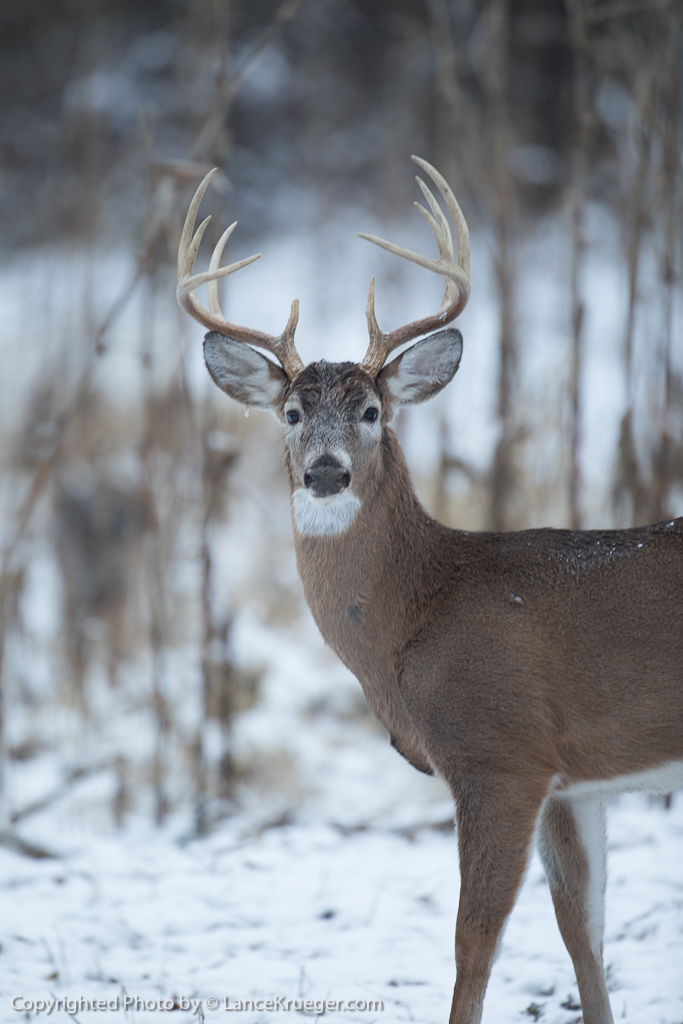In today’s fast-moving, deal-driven world, genuine connection is rare. But ask any seasoned business leader where the most meaningful relationships take shape, and odds are it’s not in a boardroom. It’s somewhere quieter that’s more open and genuine. Somewhere quiet like time spent in a deer stand, that opens the door to deeper conversations later, around the fire or over a meal, when the moment feels right. For leaders in construction, logistics, and the trades, cultivating loyalty and trust with employees, partners, clients and potential clients often takes more than a conference room. A corporate retreat or outing at Briarwood Sporting Club offers something no slideshow or one time wine and dine dinner ever could: uninterrupted time in the outdoors. This is where meaningful conversations unfold naturally and relationships are built to last. Too often, business outings feel like just another meeting with a nicer view. They’re in generic hotels with awkward small talk and follow-ups that never go anywhere. They’re forgettable and that’s a missed opportunity. At Briarwood, every detail is designed to create lasting impressions, not just temporary escapes. Connection That Outlasts the Contract There’s a reason more companies are moving beyond the typical golf-and-dinner routine. A guided whitetail deer hunt or fireside conversation over farm-to-table meals strips away titles and tight agendas. It puts people on even ground – boots in the mud, laughter in the lodge. And when that happens, walls come down and real conversation and business naturally follow. We’ve seen it firsthand: a sales leader trying to get time with a key decision-maker finally gets that chance, over bourbon, after a successful hunt. That’s not a perk. That’s a moment of trust and it often leads to the kind of follow-up that closes deals. We booked our fourth corporate trip to Briarwood. Here’s why we keep coming back. It’s rare to find a place where the people, the experience, and the results all align. The hunting is top-tier. The guides know their stuff. The bonds our group forms here last long after the hunt. And when we’re not in the blinds, we’re around the table—swapping stories, building relationships, and landing trout. That’s what makes it unforgettable. That’s why we return. — Mark G., Missouri Why Trade Leaders Are Choosing Outdoor Retreats That Reflect Their Values At Briarwood, we work with folks who know what it means to build something with their hands – and who can spot quality when they see it. Our corporate guests usually come from the trades because this experience speaks their language. Hard work. Precision. Results. Bringing a client or colleague to our central Ohio hunting preserve isn’t just about saying thank you. It’s about saying, “You matter to us and we don’t cut corners.” Our all-inclusive hunting packages make it simple. You show up—we’ve already scouted, stocked, and seasoned the experience. From premium lodging to world-class guides, everything’s handled. We go to great lengths to take care of you and your guests—because every detail, every conversation, and every moment reflects back on your business and your reputation. A Peek Into Private Whitetail Hunting Retreats Most groups arrive Sunday afternoon and settle into one of our private lakefront lodges, complete with stone fireplaces, outdoor firepits, and WiFi. That evening includes cocktails and dinner prepared by our in-house chef, followed by a range visit to sight in weapons. The hunt kicks off Monday morning. Each guest is paired with a dedicated guide and placed in a pre-scouted blind or stand overlooking high-traffic areas near food plots. Because Briarwood is a privately owned hunting preserve, we’re not bound by Ohio’s public hunting seasons or weapon restrictions. That means the method of take is entirely up to the hunter and gives your guests the flexibility to hunt their way, with confidence. Non-hunting guests are welcomed too, enjoying the same upscale amenities and full access to fishing, hiking, and relaxing on the estate. Afternoons are reserved for fishing, bird shooting, rounds of sporting clays, or simply unwinding. Evenings bring hearty meals, storytelling, and that special kind of connection that happens around a glowing fire. A Successful Corporate Retreat Starts Months Before You Arrive Long before the first guest steps onto the property, Briarwood is already preparing for their arrival. It starts with our planning process, which is designed to make hosting effortless and the experience unforgettable. From the moment you book your corporate retreat, we begin working directly with you or your administrative team to gather key details: dietary preferences, accessibility needs, and preferred beverages. Every guest touchpoint is thoughtfully prepared to make sure they feel valued—and you look like the hero. We also handle field dressing, caping, and transportation to local processors and taxidermists. Every detail before, during, and after the hunt is designed to reflect the quality of your brand and the relationships you’re investing in. Meanwhile, behind the scenes, our field team is in full swing. May and June are critical months for habitat work. While your team is wrapping up spring projects, ours is fine-tuning food plots, hanging stands, scouting patterns, and looking for movement. It’s year-round care that ensures your guests step into a high-success opportunity the moment they arrive. An Experience That Pays Dividends The most valuable takeaways from a Briarwood retreat aren’t the shoulder mounts or the bourbon by the fire. It’s the loyalty that comes from sharing something real. It’s a handshake that means more because of the story behind it. Whether you’re thanking key clients, creating space for new business partnerships to take root, rewarding leadership, or planning an offsite your crew actually looks forward to, a Briarwood retreat ensures your guests leave with stories to tell and a handshake that leads to the next deal. Let’s Plan Your Next Corporate Retreat Schedule a call with our team today so we can create a trip your clients and colleagues won’t forget—and one that strengthens their loyalty to your business.










